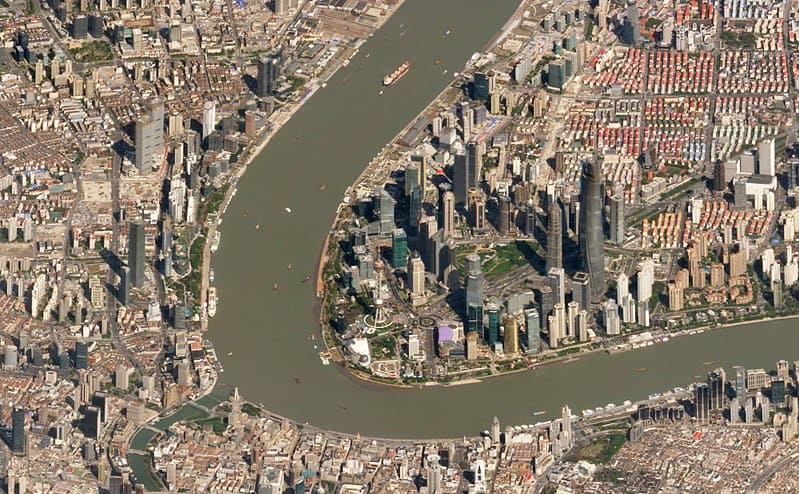The number of foreign banks with subsidiaries in China has seen a significant rise over the past decade-long period, leading to greater “localisation” of their domestic operations.
2 April 2007 marked the start of the entry of subsidiary banks into China’s domestic market with the registration of domestic legal persons by HSBC, Standard Chartered, Bank of East Asia and Citibank.
The move was a key part of China’s obligations as a member of the World Trade Organisation, as well as a milestone event in the opening of its financial sector since the launch of the reform and liberalisation era.
The number of foreign-invested corporate banks in China has since risen to 39, with their ranks expected to swell further as Beijing drives further opening of the financial sector.
Central bank head Yi Gang (易纲) said at the Boao Forum in April that China would “cancel restrictions on foreign share ownership percentages for banks and financial asset management companies, and treat domestic and foreign capital equally,” while also unveiling a raft of 11 opening measures that would be implemented before the end of 2018.
“Prior to 2006, foreign-invested banks in China primarily operated via foreign bank branches, and were not qualified to act as investment banking financial institutions,” said an official from the then-China Banking Regulatory Commission (CBRC) in March 2017 during the release of the “Notice Concerning Matters in Relation to Foreign Invested banks Undertaking Certain Operations” according to a report from PBOC’s Financial News.
“Since 2006, some foreign banks in China have commenced the shift towards operating as local legal persons, and following nearly ten years of development, the foundation for subsidiary banks to operate and develop in the Chinese market has continually strengthened.”
Observers say that the establishment of domestic subsidiaries by foreign banks in China and a shift away from the use of foreign branch banks will have the effect of more effectively “localising” their operations.
“Since the start of the year the changes haven’t just been legal, but are also at the operational level,” said Huang Xiaoguang (黄晓光), then head of Citigroup China a year following its launch.
“Culturally we have become more local, and operations have become more tightly integrated with the local environment.”
HSBC China has established itself as the leading subsidiary bank in the country with total assets of 467.936 billion yuan according to its 2017 annual report.
Standard Chartered and Bank of East Asia are in second and third place respectively, followed by MUFG Bank and Citigroup.
Related stories
PBOC Governor Outlines Six Key Measures for Opening of Chinese Finance Sector
Finance Sector Opening Entails Risk Prevention, Heightened Regulation: People’s Daily




